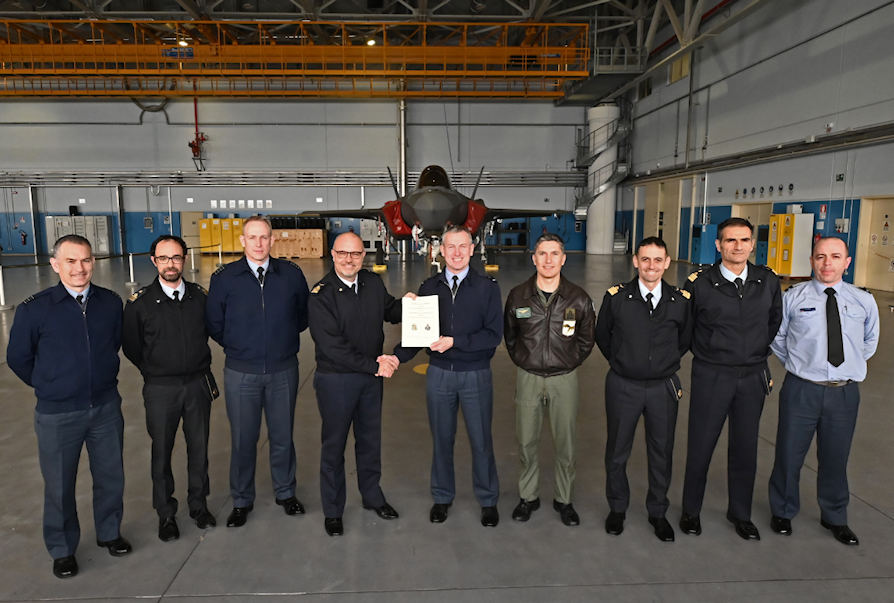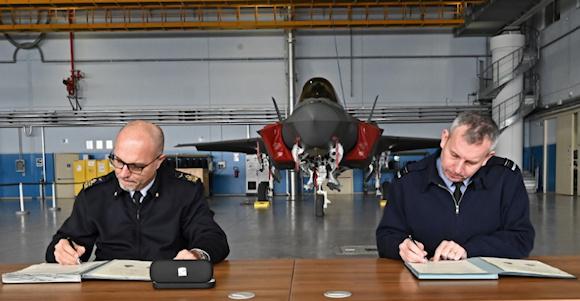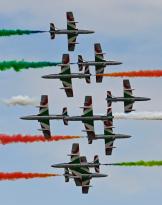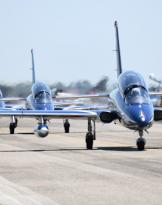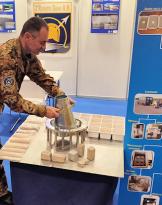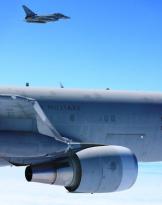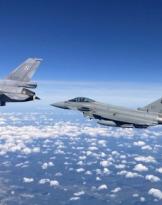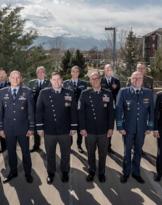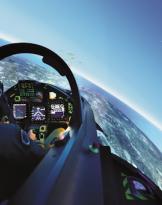It was signed last January 18, at the 32nd wing of Amendola (FG), theImplementing Arrangement between the Air Force and the Royal Air Force (RAF), an implementing provision aimed at increasing the interoperability of maintenance and logistics between common air fleets.
The agreement, signed by Air Division General Michele Oballa, chief of staff of the AM logistics command and by air vice-marshal Shaun Harris, chief of staff support of the RAF, aims to increase the integration of the assets used in the same operational context, specifically the F-35B STOVL (Short Take Off and Vertical Landing) and F-2000 (Eurofighter Typhoon) aircraft, this in favor of greater response readiness, agility, availability, and a consequent reduction of the logistical footprint .
The initiative, in harmony with the doctrinal concept of agile combat employment as a tool to increase deterrence against potential threats, derives from the declaration of intent signed in May 2023, and therefore gives the formal start to a concrete and shared action plan which aims to achieve a Initial Operational Capability between the two air forces.
In general terms, the agreement regulates some aspects related to the responsibilities between the parties involved, as well as a series of annexes aimed at establishing in concrete terms the ways in which:
• carry out activities cross-serving and, in the future, cross-maintenance on the respective aircraft, both on a national basis and during redeployments and maintenance activities Air Policing in Operations Outside National Borders;
• share spare parts, maintenance equipment for ground support and consumables for maintaining airworthiness;
• ensure the management of material handling by mutually carrying out activities loading/unloading of tactical and strategic transport aircraft.
Device agreements like this make it possible to consolidate cooperation and standardization of procedures between the nations involved, concretely maximizing interoperability between allied air forces.
